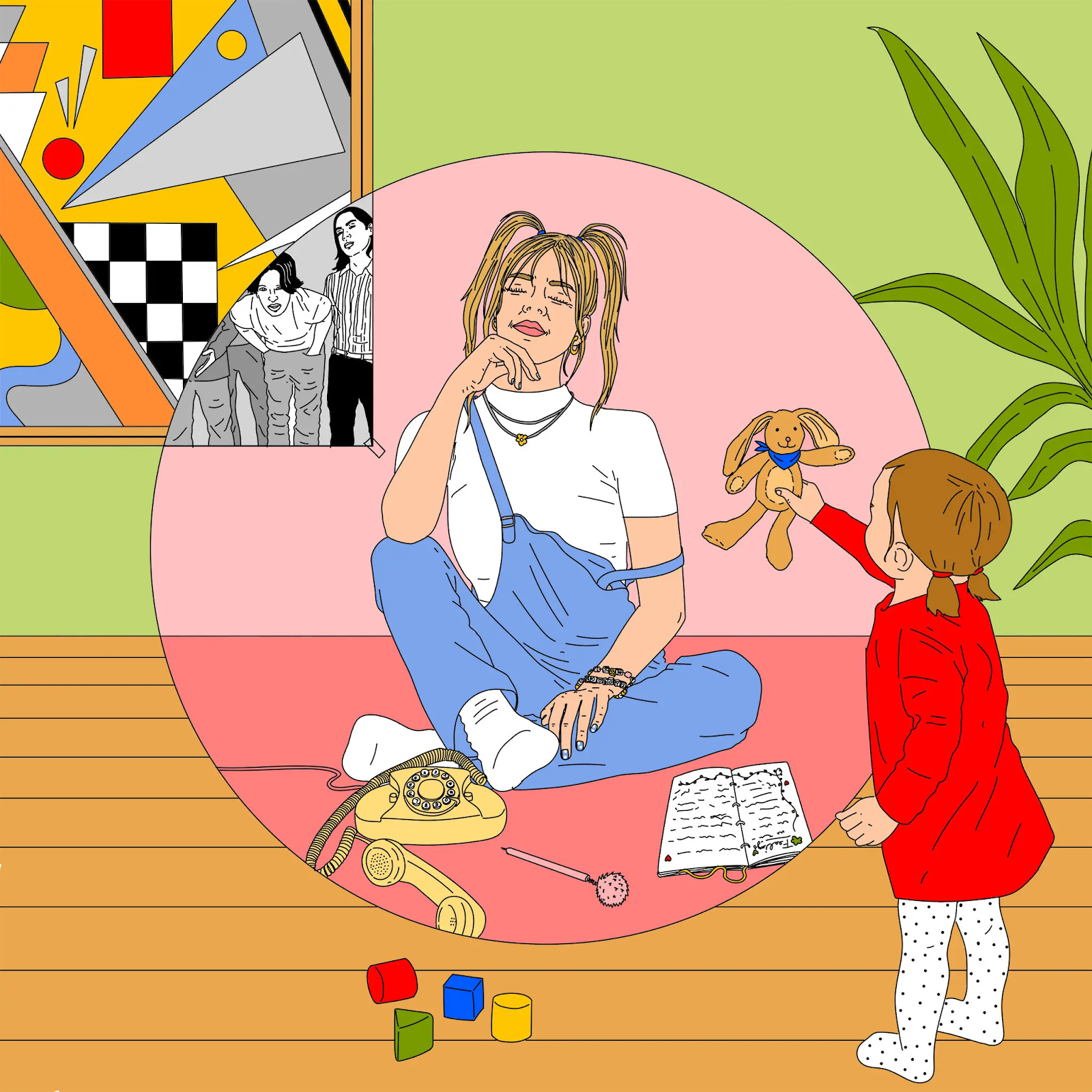Vishruth, Week 14: Visual Processing & Short-Term Memory
When we use our working memory, we temporarily save information in our brain. As such, you are only able to comprehend this sentence because you briefly store each word into working memory before stringing them together into a sentence and creating meaning. Now, although the importance of working memory is uncontroversial, the “neurological machinations” driving this process are less evident. A team of researchers at New York University (NYU) has demonstrated that working memory relies not only on “what one is storing in memory but also why.”
NYU Professor of Psychology Clayton Curtis explains that our visual memory is actually the product of significant neuronal processing—neural codes in the occipital lobe “dynamically evolve” to “incorporate how you intend to use those memories.” Suppose a friend of yours shares their email address with you—the only caveat is that they showed it to you on their phone for only a few seconds. Your brain not only wires a raw visual image of the email into memory, but it also incorporates some additional elements—primarily, why you need that piece of information in the first place.
Curtis’ findings are revolutionary to the scientific world, ripping apart the postulates of modern textbooks. Textbook theories state that “storage code for working memory are stable over time,” which we now know to be false. And although previous studies have already disproved these ideas by illustrating that neural patterns are dynamic, they could not explain these neuronal properties.
Furthermore, the study has profound implications for society at large. Further delineating these results on how the brain processes visual information and integrates it into working memory could lead to more effective educational strategies and user-friendly interfaces for technology devices. It also changes the personalized medicine game: scientists can develop diagnostic tools that are much more effective for individuals with neurological disorders now that we understand exactly how short-term memory is created and interacted with.



Hi Vishruth,
ReplyDeleteIt's fascinating to learn about the groundbreaking research conducted by the team at New York University, led by Professor Clayton Curtis, shedding light on the dynamic nature of our visual memory and its integration into working memory. The revelation that our brain not only stores raw visual images but also incorporates contextual elements, such as the purpose behind remembering certain information, is truly revolutionary. Curtis' findings challenge established theories and pave the way for a deeper understanding of how our brains function. The implications of this research extend far beyond the scientific realm, offering promising prospects for improving educational methods and technology interfaces. The potential for developing more effective diagnostic tools for neurological disorders is particularly inspiring, showcasing the transformative power of scientific inquiry in enhancing human well-being. Your blog post eloquently captures the excitement and significance of these discoveries, inviting readers to marvel at the wonders of the human mind.
Hey Vishruth! I found your blog to be informative and insightful. I like the scientific approach that you are taking with your blogs about memory, and I consider them to be a useful read for anyone. Besides educating readers about the functions of the mind, they also highlight how unique and powerful the mind is. I was particularly captivated by the mention of the brain’s dynamic evolution concerning short-term memory. It was interesting to learn that our minds can make judgments about different memories and determine their importance to decide whether they need to be retained. Additionally, I appreciated your emphasis on the significance of this scientific research because it clarified how these findings compare to current beliefs about the functions of memory. It is fascinating to see developments being made on concepts that were already assumed to be correct, which shows that there is much left to discover in our world. I also liked the description of the implications of these findings since they truly highlight how they relate to us. The fact that user-friendly interfaces could be improved through this new understanding of working memory was surprising since the connection between the two ideas is not immediately visible. Our minds work in complex ways, and I think we should continue exploring the intricacies of the entity that allows us to perform all of our functions. Your blog created a deeper appreciation in me for my mind because it made me realize that the mind is even more sophisticated than I thought. Visual processing and short-term memory are essential to us, so studying these abilities should be at the forefront of scientific research.
ReplyDelete